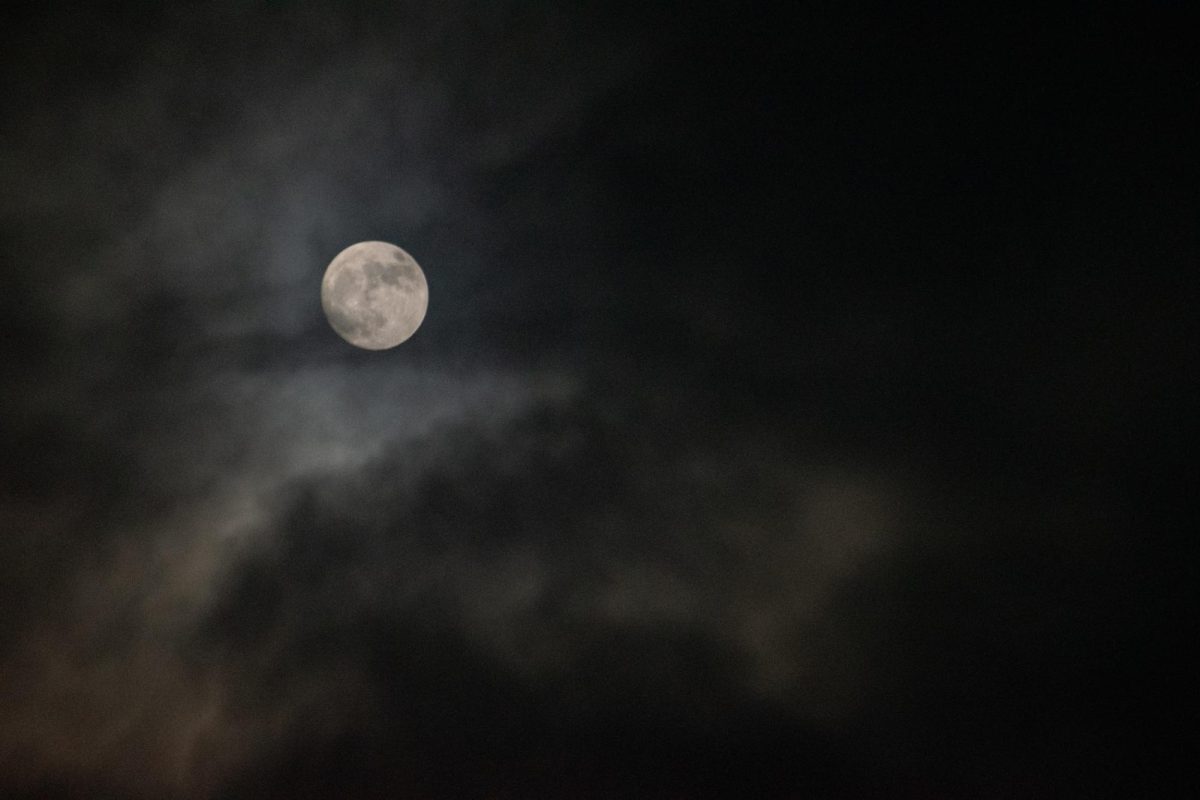When the days get shorter and the nights become longer, we start to see decorations all around us. Pumpkins, skeletons, spider webs, witch hats, and many more … It’s even quite common to see gardens decorated as graveyards. Eventually, on the 31st of October, or on the nearest weekend, big costume parties are happening. As college students, many of us look forward to Halloween parties, or in other words, ‘Hallo-weekend,’ for the whole year. Most of us have been celebrating it since childhood by wearing costumes, putting on makeup, and asking the question “trick or treat” without even knowing its background. So, let’s dive into the history of Halloween.
Today’s Halloween celebrations’ roots go way back to the pagan times. Halloween comes from the holiday name ‘Samhain’ (pronounced as Sow-en), which was essentially a harvest festival. Over the course of thousands of years, it was celebrated in different geographies and cultures around the same time: after the autumn equinox. When the harvest season was over, they prepared for the winter, held festivals to celebrate the harvest, and performed rituals like bonfires and dances for abundance. Since there was no singular belief system in so-called pagan religions, different cultures celebrated Samhain in different ways. Some continued celebrating it as a harvest festival, some celebrated it as a festive time approaching the new year, some celebrated it as the ‘Witches’ New Year,’ and some associated Samhain with their death cults.
Death cults were common during ancient times. From Europe to the Middle East to Latin America, there had been festivities referring to death. The celebrations mostly occurred around the same time in the Northern Hemisphere. For some cultures, the veil between the realm of death and the world of living became thinner for just a day, which was typically Oct. 31 to Nov. 1. In other cultures, the veil remained thinner for more than a month. For example, in ancient Rome, it was thinner from the 31st of October, when the harvest festival occurred, through Dec. 24 to 25 — which was thought to be the birth of the Sun God. It was a time for them to communicate with their ancestors and receive guidance. Surprisingly, those ancient beliefs and rituals became subjects to different branches of art throughout time.
I’d also like to mention the Halloween horror movies that captured our minds at some point of our lives. It’s very common in Hollywood to create a monster-like, mystical, and interdimensional creature who enters our world on Halloween night, and causes harm.
For the cultures who associated Samhain with their death cults, there are quite interesting myths. One of them is ‘Samhain,’ believed to be the demonic creature who ensures festivals will occur. When the veil gets thinner on 31st of October, some creatures can enter our world. The purpose of the decorations is to guide those creatures. Costumes are for camouflage so the Samhain and the creatures won’t be able to recognize living humans. Carving pumpkins and putting candles inside of them is a thousands of years old tradition and it shows the ones who worship Samhain. The treats are to feed the Samhain and the creatures, so they won’t trick humans. And that’s a great example for the demonization of pagan beliefs.
In time, the ancient harvest festival called ‘Samhain’ was Christianized as “All Hallows Eve.” Some referred to it as a day to bless the souls of the saints, while others referred to it as a day for initiation. Today we celebrate it as ‘Halloween’ on the 31st of October, an etymologically closer word to the holiday’s Christianized version. Even without awareness, we are still doing similar or even the same rituals as pagan times.
Halloween was commercialized at the beginning of the 20th century, and ever since, books were written, movies were shot, costumes and cosmetics were sold, parties were thrown, and it became a big business. Surprisingly, from the spread of Christianity to the 20th century, there is no cultural or literal proof about Halloween celebrations as our ancestors celebrated during the ancient times except the communities that somehow kept their native culture alive, like Ireland and Scotland. At this point a question may come to our mind: “Did we start to return to the old beliefs?”








